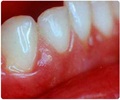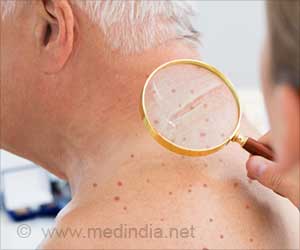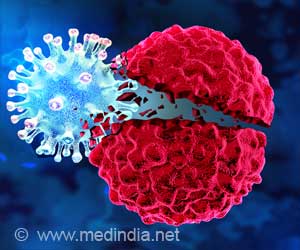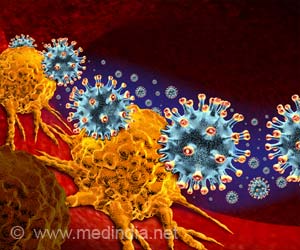A new study has found that men with chronic gum disease periodontitis, may have an increased risk of tongue cancer, regardless of whether they smoke.
A new study has found that men with chronic gum disease periodontitis, may have an increased risk of tongue cancer, regardless of whether they smoke.
Periodontitis is an oral infection thought to be caused by bacteria, though recent evidence suggests the involvement of viruses as well.The study was conducted by a team of researchers led by Mine Tezal at the State University of New York at Buffalo and the Roswell Park Cancer Institute, Buffalo.
As part of the study, researchers compared 51 white men with tongue cancer to 54 white men without the disease, who were treated at the cancer institute between 1999 and 2005.
Periodontitis was assessed in panoramic X-rays of the mouth by calculating the amount of bone loss in the tooth cavities (alveoli), an established measure of the disease’s history and progression.
"The mean [average] alveolar bone loss was significantly higher in cancer cases compared with controls (4.21 vs. 2.74 millimetres)," the authors wrote.
"After adjusting for the effects of age, smoking status and the number of teeth, each millimeter of alveolar bone loss was significantly associated with a 5.23–fold increase in the risk of tongue cancer. Other oral variables (the number of dental decays, fillings, crowns and root canal treatments) were not significantly associated with the risk for tongue cancer," the authors added.
Advertisement
Researchers concluded that periodontal viruses and bacteria could be toxic to surrounding cells and produce changes that lead directly to oral cancer, or could indirectly contribute to cancer through inflammation.
Advertisement
"If this association is confirmed, it has a potential impact on understanding the etiology of oral cancer as well as on its prevention and control," the authors added.
The findings of the study were published in the May issue of ‘Archives of Otolaryngology–Head & Neck Surgery’, one of the archives of the Journal of the American Medical Association (JAMA).
Source: ANI
LIN/V











